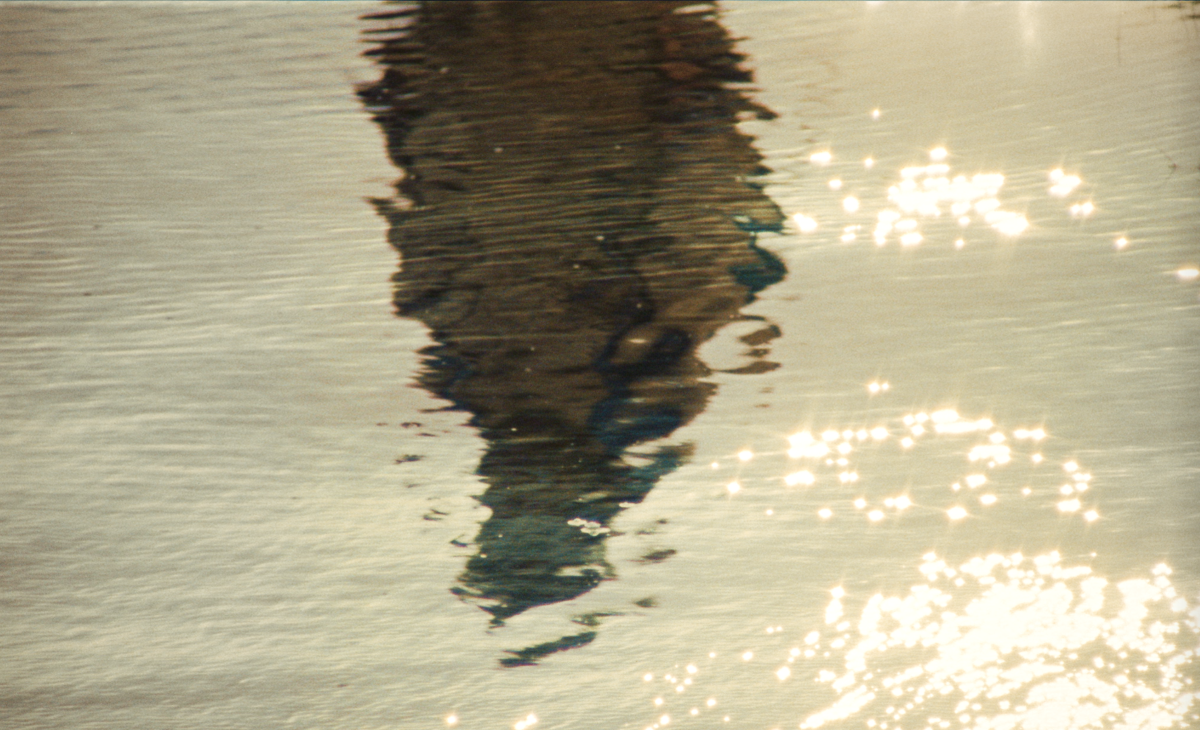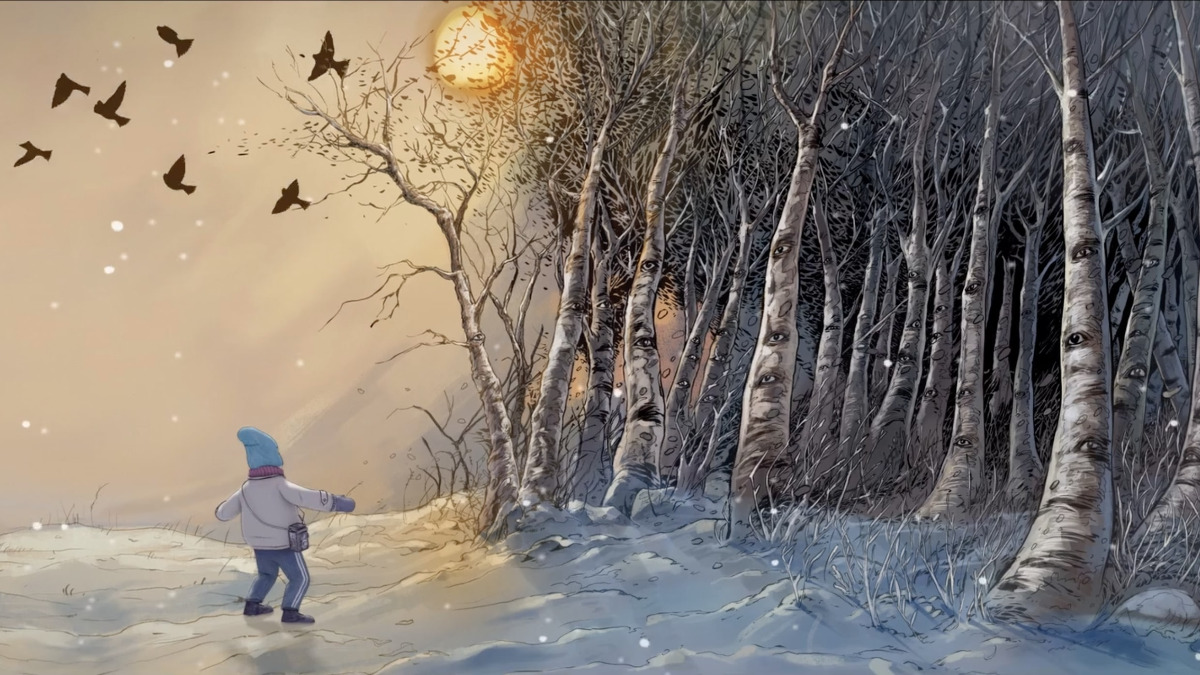Geographies of Solitude
(Canada, 103 min.)
Dir. Jacquelyn Mills
Program: Canadian Spectrum
Beautifully shot and constructed, Geographies of Solitude is a truly unique film. Inspired by Sable Island and its one constant human inhabitant Zoe Lucas, filmmaker Jacquelyn Mills has constructed a work of art—a claim rarely made about a feature film shown at a documentary festival.
How do you approach documenting something truly different? Mills has immersed herself into the project, coming up with strategies to properly reveal an island and a person. She has crafted a work, which applies natural techniques to the filmmaking process, but what is clear from the outset is the unteachable poetic eye—Mills has it and we’re the better for it. Geographies of Solitude is a visual and aural treat in which every shot has been created to maximize its impact, whether it be of the stars lighting up the night sky or the ocean’s waves beating against the rocky coast.
Instead of examining the human first, let’s do what the scientist Zoe Lucas would likely prefer and consider the island.
Sable Island, which is about 300 kilometres off Nova Scotia’s coastline, is an ecological marvel. As seen in the film, it’s a land of rare beauty and mystery, marked by rolling hills, sand dunes and verdant plant life. It’s long and thin, more of a sandbar than an island, only 2km wide at its largest over a 40km length. Set in the North Atlantic Ocean, a tough spot to inhabit, it has an extremely variable climate, which shifts from frigid to sweltering over a twelve-month period, with its best days being in July and August.
What makes it even more interesting is its population, which consists mainly of birds, seals and horses. Mills spends a good deal of time with each, understandably so. Horses are cinematic—tall athletic creatures that gambol and sprint through nature as their natural desires carry them. Mills’ camera captures them, nature’s aristocrats, in their splendour but she doesn’t neglect the grey seals, who can be easily consigned to the role of clowns. She allows you to gawk in amusement as they wriggle forward, bellies rolling, from the shore to a sandy bar, where they can hang about, making dorky sounds. Over 100,000 seals have been born and make their home on Sable, likely more. Mills’ wide, poetic lensing catches these Marx Brothers of the sea-loving mammal community in their comic splendour.
Nature may be the main attraction of Geographies of Solitude, but Mills doesn’t ignore its narrator, Zoe Lucas. Sable Island’s main resident for the past forty years, Lucas has deliberately forsaken a “normal” life to be the scientist and archivist of this extraordinary island.
An admirer of Lucas and in her own way, a researcher and technician, Mills has made an art film that uses natural techniques to degrade and transform the footage shot to make this unique documentary. Like her, she believes in the scientific method, understanding that what she creates is extraordinary because it is so precise.
We only see Zoe Lucas in archival footage and in bits and pieces shot by Mills. Both women aren’t interested in such issues as ecology and sustainability. Neither is concerned with celebrityhood, and Mills has made a profile of Zoe Lucas without including photographic shots of her. Lucas’ narration is there but Mills has avoided any attempt at making her a star even in the doc world. She is a displaced narrator, happily so. What she has to say about the island may seem merely scientific, but it seems clear that she has consciously chosen to make her life on Sable Island. It is her true love and after seeing Geographies of Solitude, who can blame her?
Geographies of Solitude had its North American Premiere at Hot Docs 2022.
Read more about the film in POV issue #116 and our interview with Mills.











